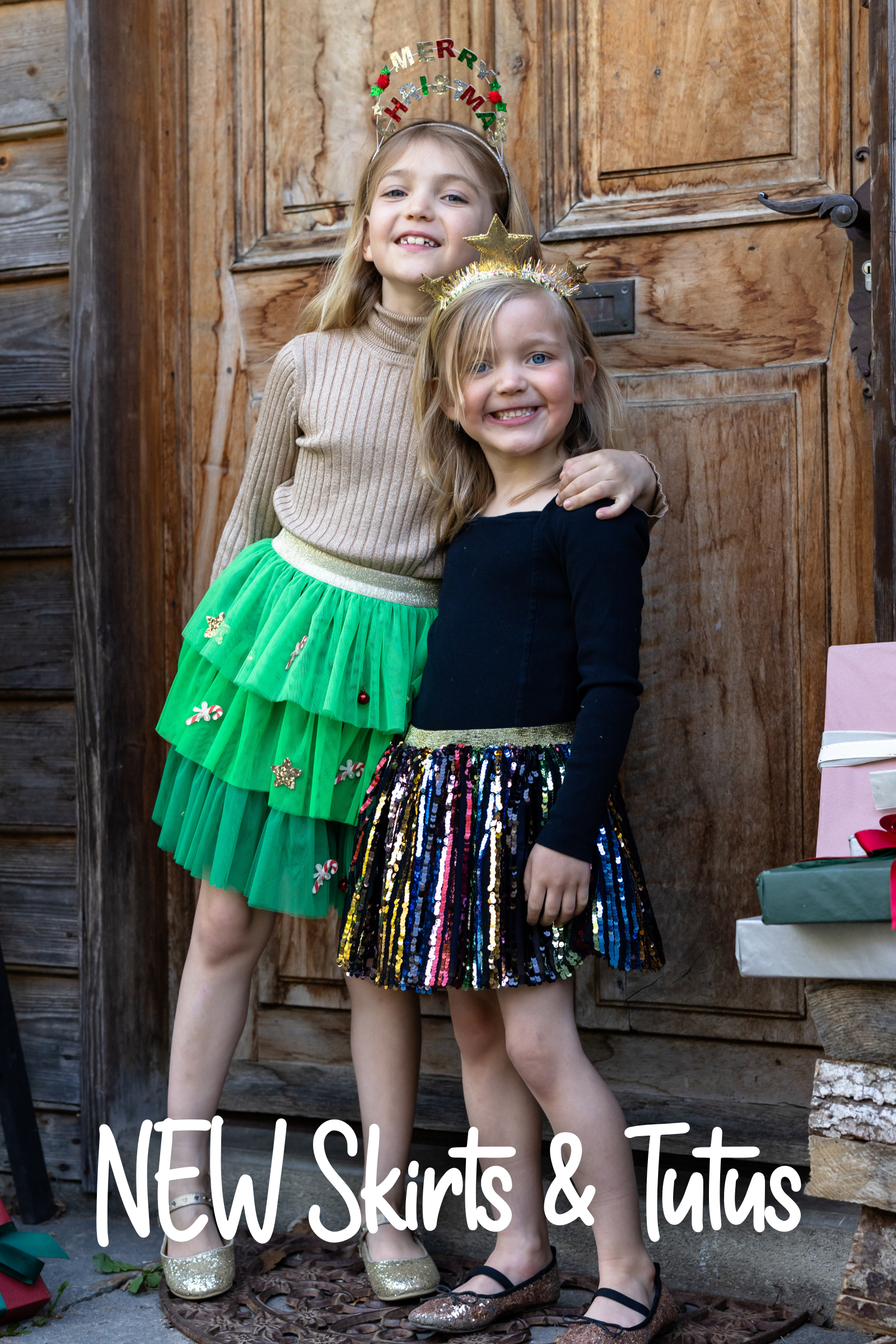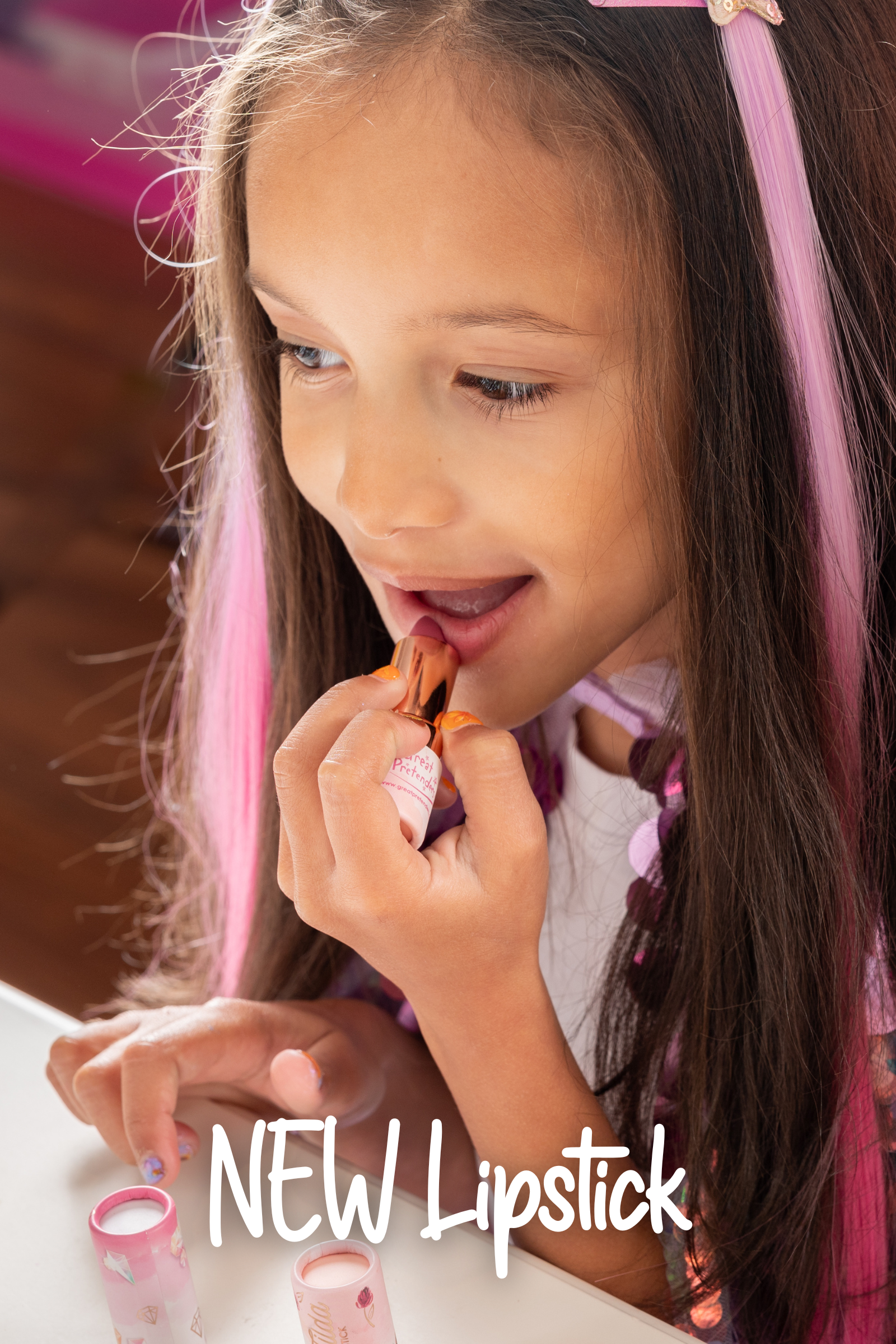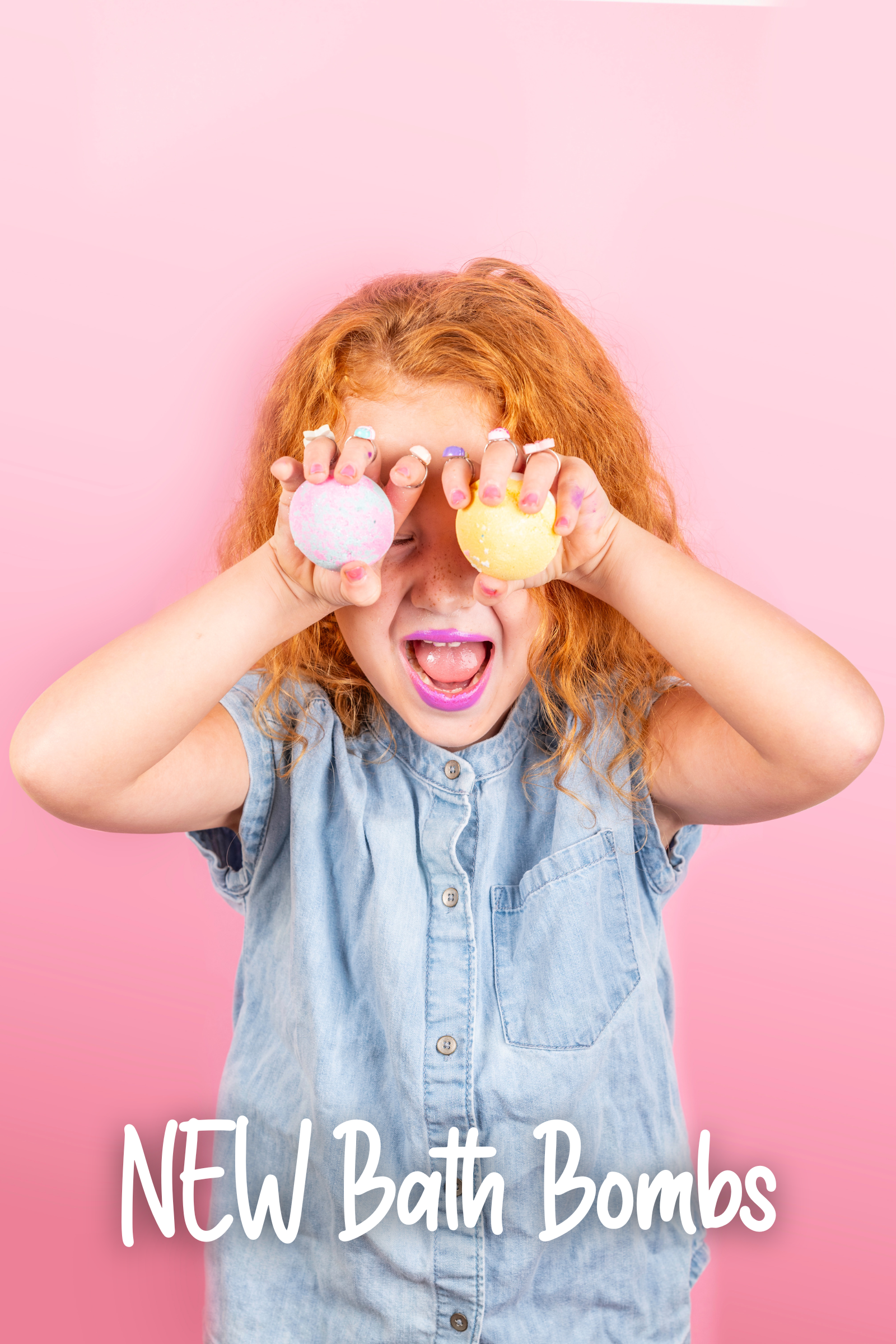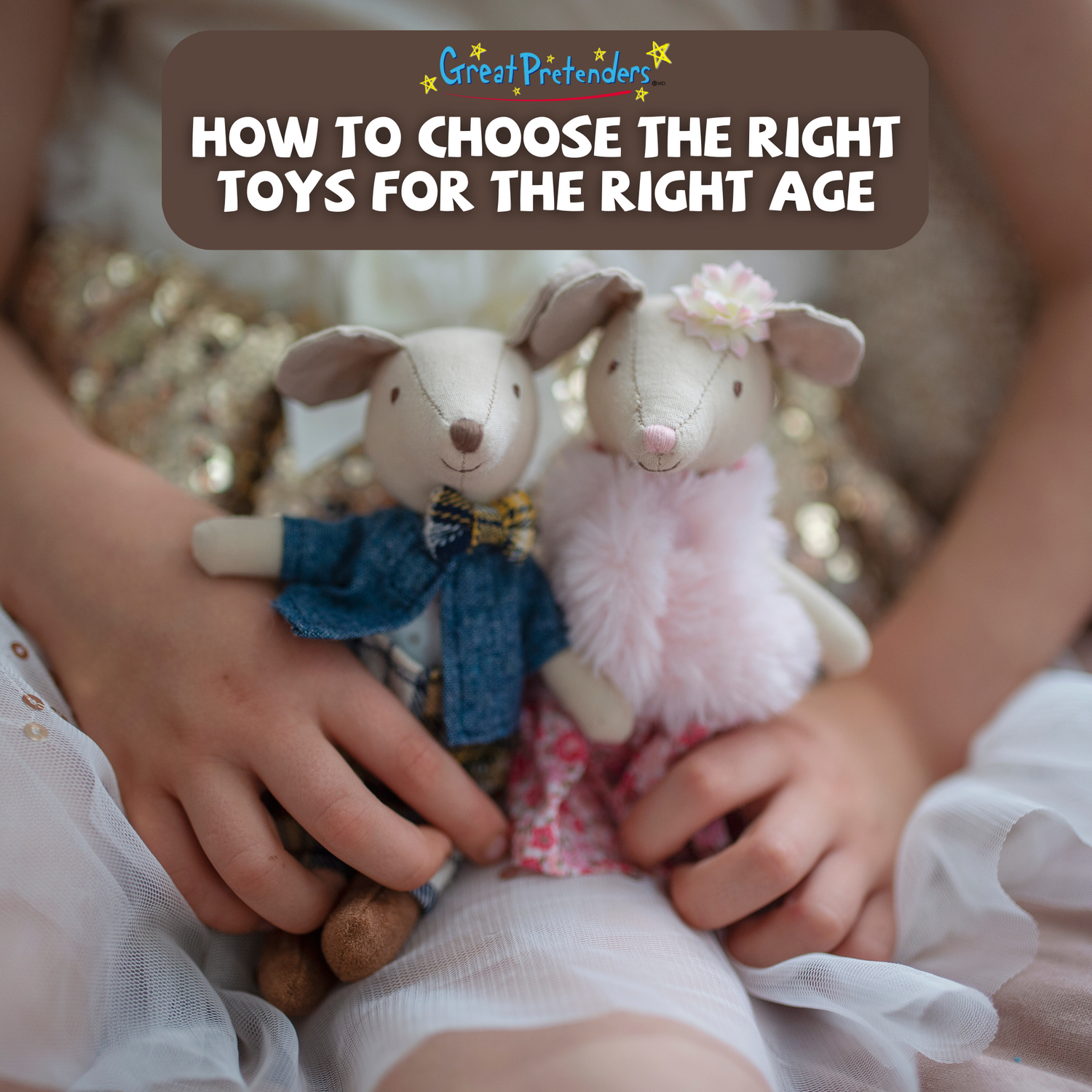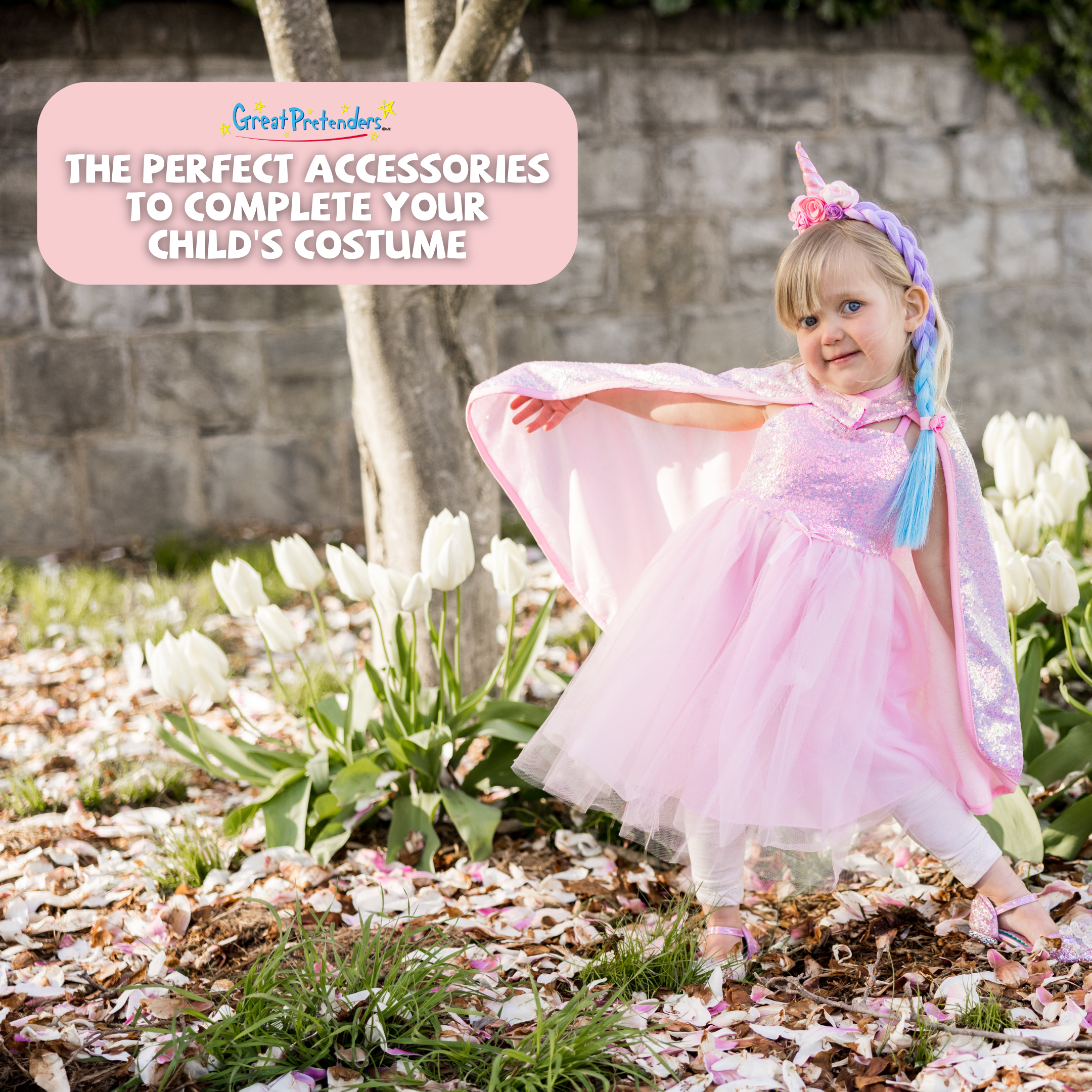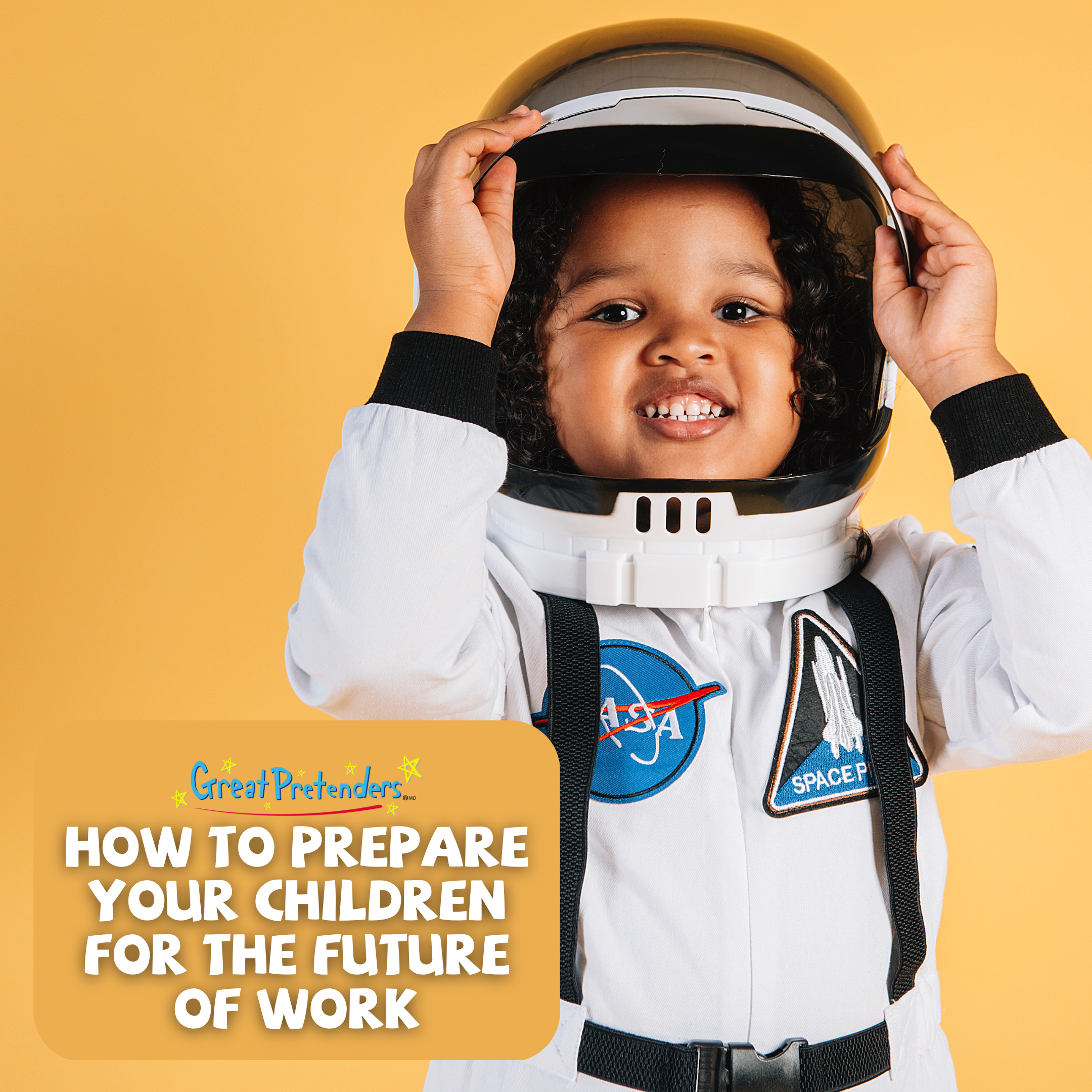
As parents, caregivers, or friends, we often find ourselves in the toy aisle, bewildered by the plethora of options available. The choices can be overwhelming, and selecting the right toy for the right age is crucial. Toys play a vital role in a child's development, shaping their cognitive, emotional, social, and physical growth. So how can you choose the right toys for the right age? We've consulted a friendly team from shopgreatpretenders.com, and this guide will help you navigate the sea of playthings and make informed decisions that foster age-appropriate development and, more importantly, endless fun.
The Building Blocks of Play: Why Playing Matters and How to Choose the Right Toys for the Right Age?
Play is the cornerstone of childhood, and toys are the tools that unlock a world of learning and exploration. As children engage with toys, they develop essential skills, nurture their imagination, and learn valuable lessons about the world around them. Children cultivate problem-solving abilities, hone their fine and gross motor skills, and build social connections through play.

Selecting the appropriate toys for a specific age involves considering a child's developmental milestones, interests, and safety requirements to ensure a stimulating and secure play experience.
In essence, playing is a child's full-time job, and toys are the tools of the trade. It's also an excellent way for kids to learn and prepare for their future of work and other grownup responsibilities. So to help your kids make the most of their playtime, here's how to choose the right toys for the right age.
#1 Age-appropriate Toys: Matching Developmental Stages
The first step in choosing the right toy for the right age is understanding the developmental stages children experience. Toys designed for specific age groups cater to the unique skills and interests children develop as they grow.
● Infants (0-12 months): At this stage, babies are exploring their senses and discovering the world through touch, sound, and sight. Toys such as rattles, soft, musical, and teething toys are excellent choices for promoting sensory and motor skill development.
● Toddlers (1-3 years): As toddlers learn to walk, talk, and play independently, toys that encourage exploration and creativity are ideal. Consider blocks, puzzles, pretend play sets, and simple art supplies to spark their imagination and build their physical and cognitive skills.
● Preschoolers (3-5 years): Preschoolers are expanding their social, emotional, and intellectual horizons. Toys that promote storytelling, role-playing, and cooperation, such as dolls, action figures, board games, costumes, and construction sets, foster these essential skills. There are plenty of benefits of playing dress-up for your kids.
● School-Aged Children (6-12 years): Children develop more complex interests and abilities at this stage. Toys encouraging problem-solving, creativity, and collaboration, like science kits, arts and crafts sets, and advanced board games, will keep them engaged and learning.
#2 Safety First: Ensuring Toys are Age-appropriate and Secure
When selecting toys, always prioritize safety. Examine each toy for potential hazards such as small parts, sharp edges, or toxic materials. Make sure to check labels and certifications that indicate the toy meets safety standards and is age-appropriate. Additionally, supervise playtime to ensure children use toys safely and as intended.
#3 Catering to Interests: Unleashing a Child's Passion
While it's essential to consider a child's age and development, it's also important to factor in their interests. Pay attention to the activities and subjects that captivate your child, and select toys that align with those passions. Whether it's dinosaurs, space, music, or sports, nurturing a child's interests through play can inspire a lifelong love of learning.
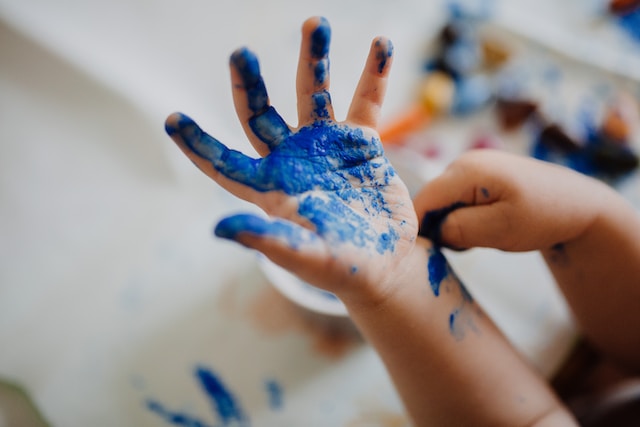
Fostering children's imagination and originality empowers them to explore new ideas, develop problem-solving skills, and express their unique perspectives.
Playtime is perfect for your kids to unleash their creativity and figure out what they're good at. Encourage them by joining them and doing family projects together. For instance, you can research DIY toy storage ideas and spend a day crafting beautiful toy storage for your kids' room. This is also a great way to motivate and teach them to keep toys in their place. Remember – every playtime is an opportunity for your kids to learn new skills.
#4 Quality Over Quantity: Investing in Long-lasting Toys
Filling a playroom with countless toys is tempting, but often, less is more. Focus on selecting a few high-quality, versatile toys to grow with your child and adapt to their changing interests. Wooden blocks, for example, can be used to build simple structures by toddlers and elaborate creations by older children. They're perfect for nurturing your children's creativity.
#5 Encourage Open-ended Play: Toys with Limitless Possibilities
Open-ended toys are those that can be used in a variety of ways, encouraging creativity and problem-solving. Examples of open-ended toys include building blocks, playdough, art supplies, and pretend-play items like amazing costumes and kitchen sets. These toys allow children to flex their creative muscles and create unique play experiences, fostering a sense of autonomy and boosting cognitive development.
#6 Balancing Screen Time: Integrating Technology Responsibly
In today's digital age, it's no surprise that technology has found its way into the world of toys. While tech toys can be educational and engaging, it's essential to strike a balance between screen time and traditional play. Look for toys that combine technology with hands-on play, such as interactive building sets or educational apps that require physical manipulation. And remember, moderation is key – ensure children have ample time for unstructured, screen-free play.
#7 Read the Reviews: Learning from Others' Experiences
Before making a purchase:
● Do your research.
● Read reviews from other parents and caregivers to gain insight into a toy's potential benefits and drawbacks.
● Remember that what works for one child may not work for another, but reviews can provide valuable information to help you make an informed decision.

When selecting toys for children, the most important factor to focus on is their potential to stimulate curiosity, creativity, and cognitive development.
Choose the Right Toys for the Right Age: Crafting a World of Play and Discovery
As you can see, how to choose the right toys for the right age is not just a question of finding the perfect plaything; it's about fostering a child's development, creativity, and imagination. So as you navigate the toy aisle, remember that play is not just a pastime; it's a critical part of childhood, shaping the skills and experiences that will carry children through life. By choosing toys that promote learning, exploration, and fun, you help create a foundation of discovery that inspires a lifelong love of learning for your kids.



